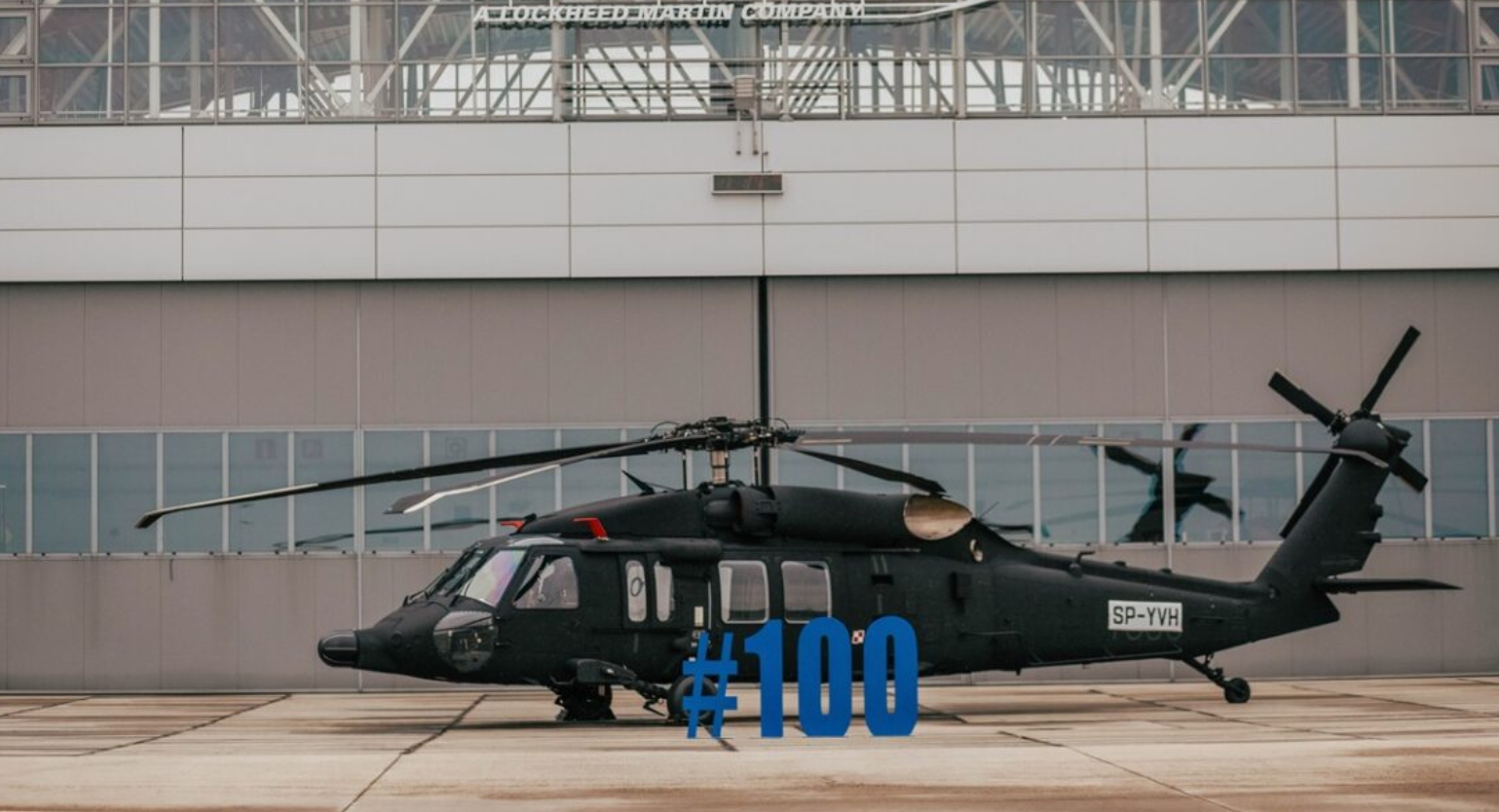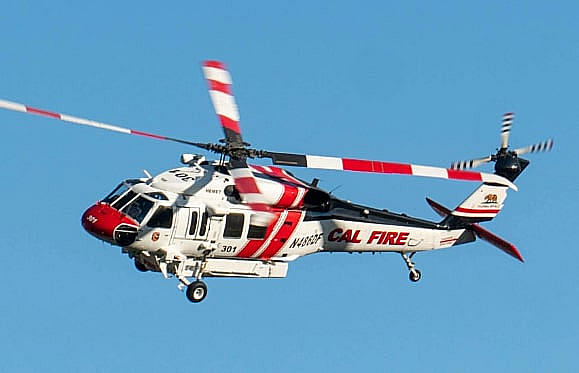A Take a look at the Sikorsky S 70's Function in Military and Civil Aviation
A Take a look at the Sikorsky S 70's Function in Military and Civil Aviation
Blog Article
High-Performance Multi-Role Rotorcraft Featuring Advanced Cabin Technologies and Integrated Sensor Solutions
The realm of rotorcraft innovation has actually seen significant innovations in current times, specifically in the world of high-performance multi-role rotorcraft equipped with advanced cabin innovations and effortlessly integrated sensing unit systems. These innovations have not just boosted the operational capabilities of rotorcraft yet have also considerably impacted contemporary air travel operations on various fronts. From boosted mission adaptability to boosted operational effectiveness, the merging of sophisticated cabin modern technologies and incorporated sensing unit systems has actually ushered in a new era of possibilities for rotorcraft applications. In the following conversation, we will check out the development of rotorcraft modern technology, dive right into the world of sophisticated cockpit technologies, and examine the effects of integrated sensing unit systems on the functional adaptability and effectiveness of contemporary rotorcraft.
Advancement of Rotorcraft Technology
The advancement of rotorcraft innovation has been marked by substantial innovations in the rules of aerodynamics, products, and propulsion systems, shaping the abilities and efficiency of modern rotorcraft. Aerodynamic enhancements have actually boosted the effectiveness and ability to move of rotorcraft, permitting increased speed, dexterity, and security throughout trip (sikorsky s 70). Innovations in materials, such as the usage of composite products and progressed alloys, have actually led to lighter yet more powerful rotorcraft frameworks, enhancing overall performance and sturdiness. Furthermore, innovations in propulsion systems, including more powerful engines and cutting-edge propulsion innovations, have actually allowed rotorcraft to accomplish greater altitudes, faster rates, and greater payloads.
These advancements have not only changed the abilities of rotorcraft however have actually additionally increased their applications across various markets, consisting of army, commercial, and emergency solutions. The continual development of rotorcraft modern technology proceeds to drive development in the area, pressing the boundaries of what is possible and shaping the future of upright flight.
Advanced Cabin Innovations
Structure upon the foundational innovations in the rules of aerodynamics, materials, and propulsion systems, the world of rotorcraft technology currently moves focus towards introducing Advanced Cockpit Innovations. The integration of innovative technologies within the cockpit atmosphere plays an essential role in boosting the functional capabilities, safety and security, and efficiency of modern-day rotorcraft. sikorsky s 70. Advanced Cockpit Innovations incorporate a broad selection of features designed to offer pilots with improved situational recognition, streamlined information management, and intuitive control interfaces
One of the crucial advancements in cockpit style is the application of glass cabins, which change traditional analog assesses with high-resolution screens. These digital systems provide personalized layouts, real-time information combination, and improved readability, enabling pilots to gain access to essential information at a glimpse. Advanced avionics systems, such as fly-by-wire controls and enhanced reality screens, are transforming how pilots interact with the airplane, permitting for specific control and enhanced decision-making abilities.


Including advanced cabin technologies not just enhances pilot efficiency yet additionally adds to general goal effectiveness and safety in complex operational atmospheres. By leveraging advanced modern technologies within the cabin, rotorcraft makers are establishing new standards for operational quality and objective success.
Integrated Sensor Systems
With the evolution of rotorcraft technology, the assimilation of sophisticated Integrated Sensor Systems has come to be paramount in boosting operational efficiency and safety. These Integrated Sensing unit Solutions encompass a broad variety of technologies that supply critical information for numerous functions such as navigation, security, targeting, and environmental monitoring. By effortlessly incorporating sensing units like radars, electronic cameras, lidar, and infrared systems right into rotorcraft, operators can gain from enhanced situational recognition, improved goal capacities, and reduced pilot workload.
One trick benefit of Integrated Sensor Solutions is their capacity to collect real-time data and supply workable insights to pilots and objective drivers. Progressed radar systems can discover and track targets over long ranges, permitting for very early danger detection and efficient action planning. In addition, incorporating electro-optical and infrared video cameras makes it possible for rotorcraft to carry out reconnaissance and security objectives with accuracy and precision.
Essentially, the integration of innovative sensing unit modern technologies right into rotorcraft not just enhances operational efficiency however also contributes dramatically to overall mission success and staff safety and security. As rotorcraft proceed to advance, the function of Integrated Sensor Equipment will unquestionably continue to be at the leading edge of technology in the aerospace sector.
Functional Flexibility and Efficiency
Enhancing functional flexibility and visit this page performance in rotorcraft is an all-natural development from the combination of sophisticated Integrated Sensor Systems. By leveraging the information and understandings offered by these advanced sensor systems, rotorcraft can enhance their performance throughout various missions and environments.
Operational convenience incorporates the ability of rotorcraft to adapt to various functions and scenarios successfully. With advanced cabin innovations and integrated sensing unit systems, rotorcraft can flawlessly change between jobs such as search and rescue, medical evacuation, monitoring, and much more. This versatility improves the rotorcraft's ability to meet varied operational demands without needing comprehensive reconfiguration.
Efficiency in rotorcraft operations is crucial for taking full advantage of objective performance and resource use. Integrated sensor systems play a pivotal duty in boosting functional performance by giving real-time data on weather, surface mapping, target tracking, and extra. This data allows pilots to make enlightened decisions swiftly, enhance flight paths, preserve fuel, and improve total objective performance.
Impact on Modern Air Travel Operations

Additionally, the assimilation of sophisticated sensing units helps with boosted objective preparation and execution, making it possible for rotorcraft to execute a wide variety of tasks with boosted precision. From search and rescue operations to aerial firefighting and regulation enforcement objectives, the capacities of contemporary rotorcraft equipped with sophisticated cabin technologies and integrated sensing unit systems are unequaled.
Moreover, the effect of these innovations extends past operational effectiveness to cost-effectiveness and sustainability. By maximizing trip paths, gas consumption, and maintenance routines, high-performance rotorcraft furnished with advanced cockpit innovations and sensing units add to reducing operational expenses and ecological influence, making them their explanation crucial possessions in contemporary aeronautics procedures.
Conclusion
In conclusion, the high-performance multi-role rotorcraft with sophisticated cabin modern technologies and incorporated sensing unit systems represents a considerable development in air travel modern technology. These advancements enhance operational versatility and efficiency, ultimately impacting modern-day air travel operations in a favorable method. The combination of these advanced technologies look at here now permits enhanced abilities and efficiency in various objective situations, showcasing the continued development of rotorcraft innovation in the aeronautics sector.
The world of rotorcraft innovation has seen noteworthy advancements in recent times, specifically in the realm of high-performance multi-role rotorcraft geared up with cutting-edge cockpit technologies and seamlessly incorporated sensor systems. From enhanced mission flexibility to improved operational efficiency, the merging of sophisticated cockpit innovations and incorporated sensing unit systems has ushered in a brand-new age of possibilities for rotorcraft applications. In the adhering to conversation, we will check out the advancement of rotorcraft modern technology, dig into the realm of advanced cabin developments, and examine the implications of incorporated sensor systems on the functional flexibility and performance of modern-day rotorcraft.

Report this page